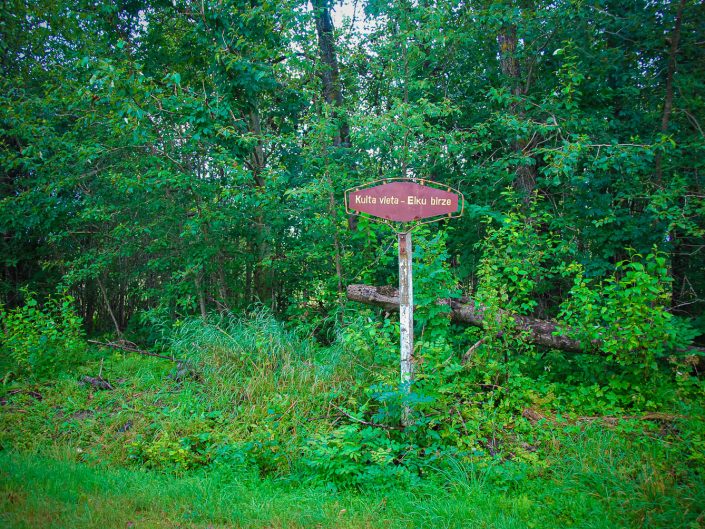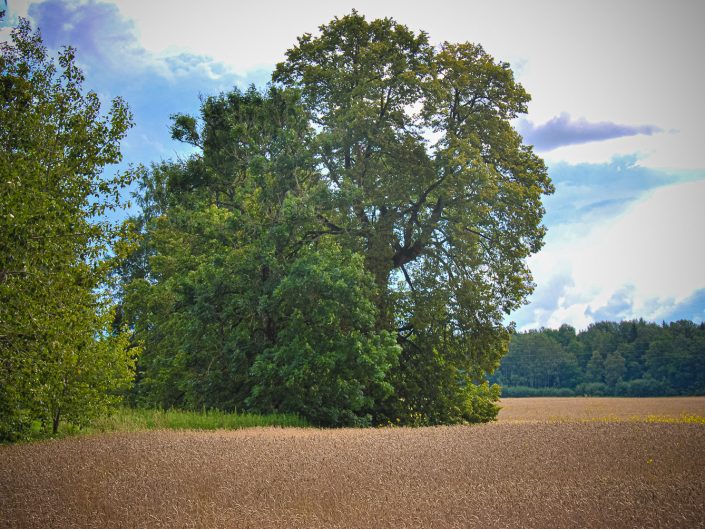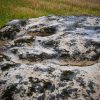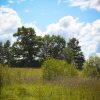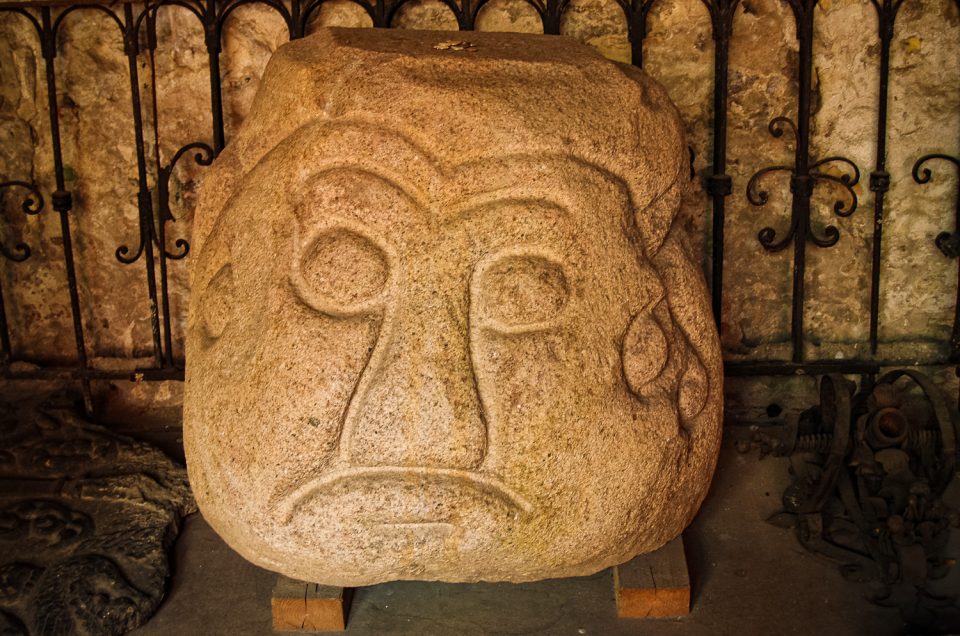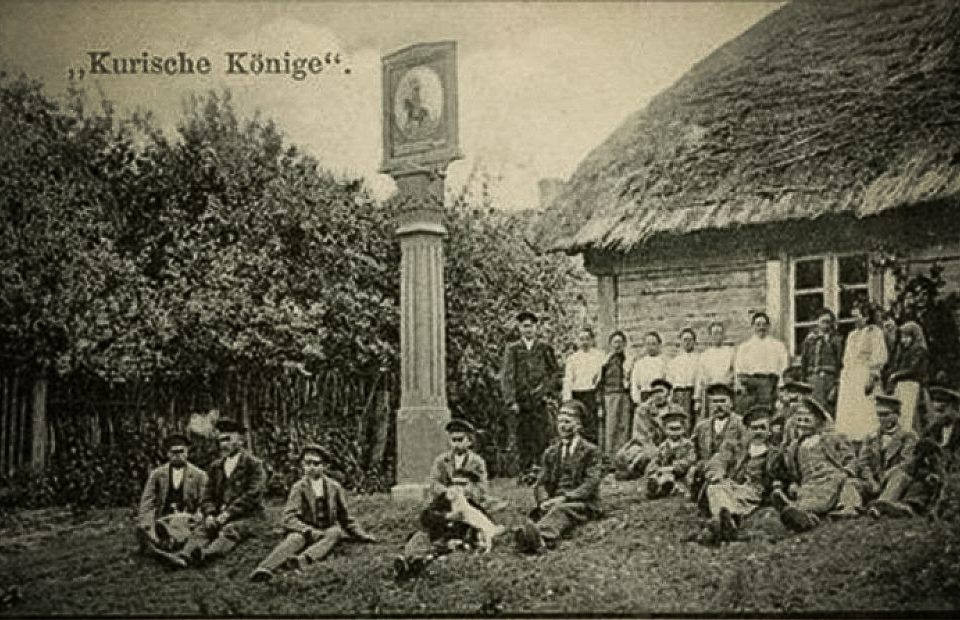Remained from the former Idols’ Grove is just small tree clusters on both sides of the Kuldīga–Aizpute highway. The highway crosses the sacred grove right in the middle. On both sides of the highway there is a bushy forest with deciduous trees where several old linden trees can be noticed. The most remarkable tree in the grove is an old and picturesque secular linden E of the highway, in the southern edge of the grove. The circumference of the secular linden is 4.28 metres.
The most ancient written source about the Ķoniņciems (Kings’ village) sacred forest or grove is the freedom book presented by Wolter von Plettenberg with the description of Dragūne free settlement borders as long ago as 1503. A wider description of the rituals in the kings’ sacred forest has been left by the traveller exploring – Kurzeme (Courland) R.Lubenau who celebrated Christmas at the kings in 1586. The existance of the grove is also evidenced by the notes of the traveller J. Kanolds from the beginning of the 18th century. In 2006, a historian Agris Dzenis wrote, “at the beginning of the 20th century in the Ķoniņciems Idol’s Grove there were twelve very thick linden trees with bowed, gorgeous branches and big hollows. If anybody dared to heat stove with with the branches of the linden trees, including the dry branches, the building burnt down; if they were used for smoking meat – the meat burnt. The inhabitants of Ķoniņciems – the descendants of the kings of the Curonians – knew by their evidence that if the Idol’s trees were cut or broken, either a fire broke out in the village or the vandal tragically died. In 1960s when the highway Kuldīga–Aizpute was repaired it was intentionally/unintentionally built directly through the Ķoniņciems sacred grove. Already during the construction work there were unexplainable problems with the machinery – tracks of the caterpillar tractors were torn, truck axles and crankshafts broke. Vehicles continued to suffer damage when passing through the furrow later as well. The most recent legends about the revenge of the destroyed grove refer to the beginning of 1990s. In order to facilitate the grove, dead trees and branches were sawn. Soon after that several young and healthy people suddenly passed away.” Stories about the Idol’s Grove have also been collected by folklore researcher Janīna Kursīte.
Extra materials:
Contains information from the project:

Added by
www.latvijas-pilskalni.lv, www.senvietas.lv un hillforts.eu izveidotājs un uzturētājs.

